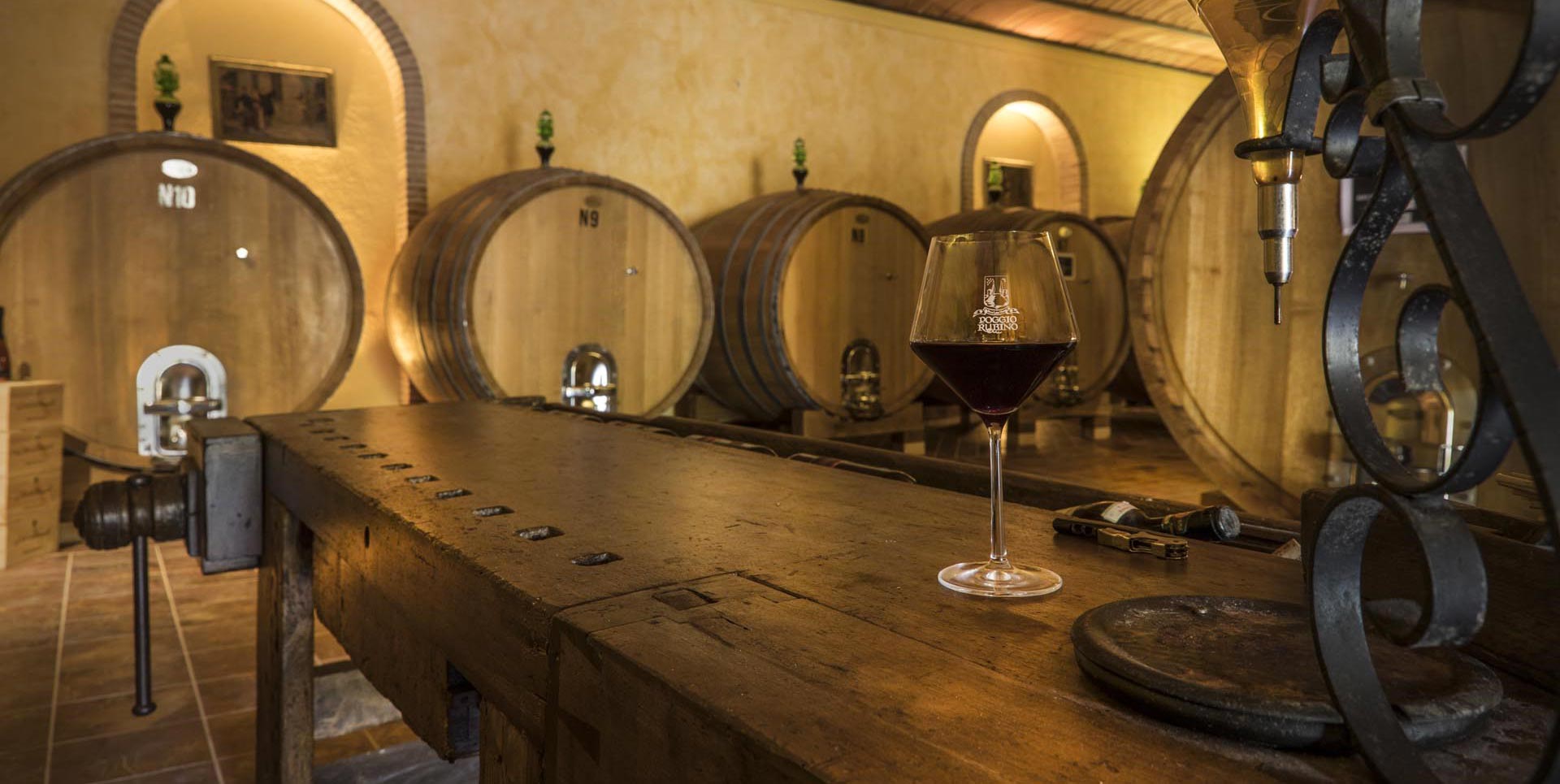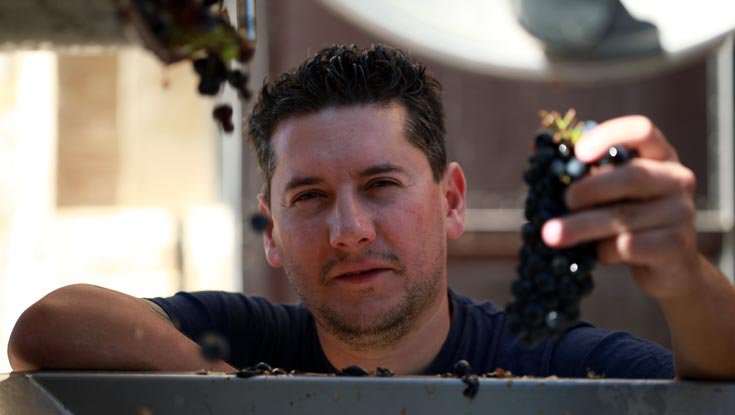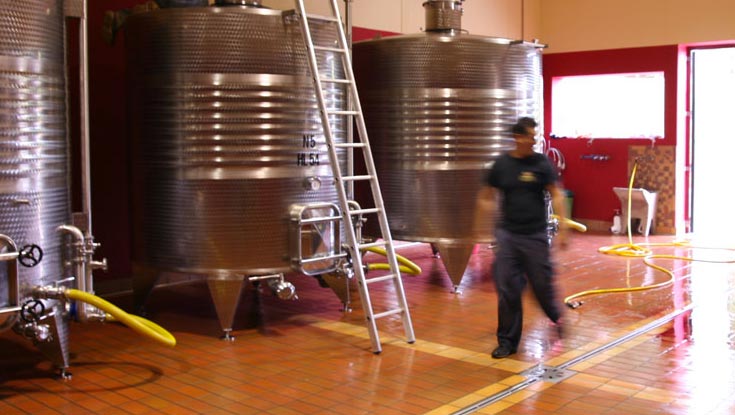
You have not added any products to your cart
Shop
Cellar
The harvest
The harvest is difficult to plan, especially when the maturation times differ from vineyard to vineyard due to the varying altitude, location, type of land and Sangiovese clones. We monitor the maturation process by taking at least weekly samples of the grapes followed by analysis of the must as well as the organoleptic analysis of the grapes themselves. We take great care in checking the phenolic composition through the phenolic ripeness. Substances such as flavonoids, anthocyans and tannins are important for the influence they have on the characteristics of the wine such as its colour, astringency and body.
Knowing the evolution of the phenolic substances of the various vineyards, not only in their quantity but, more importantly, in their potential for extraction, help us to manage the potential of each vineyard in the best way even during vinification. Therefore, the harvest period takes a long time and can start at the end of September and continue on until mid-October. The harvest is done strictly by hand with cutting shears, and the grapes are placed into crates. The process of vinification starts with soft destemming to prevent laceration of the stems and the seeds, an undesirable condition, as well as to maintain the integrity of the skins with the aim to preserve the precious original aromas and flavours during fermentation.

Vinification and aging
The grapes from each vineyard are vinified separately in steel vats with a long maceration period characterized by prolonged contact between the marc and must at a controlled temperature of between 26° to 28°C. In this way, the skin content, the tannic substances and the colour pigment anthocyan are better extracted thereby favouring the long ageing period and stability over time of Brunello.

As soon as the temperature heats up, the alcoholic fermentation begins, and we immediately start
with frequent daily remontages to optimize the extraction of tannins and colour. The maceration
period lasts between 20 and 30 days and, during this time, open-air délestages are performed in
order to bring the right amount of oxygen to the must and, in this way, improve the extraction
of tannins and colour substances obtaining crisper and more elegant fragrances and aromas. Upon
completion of alcoholic fermentation, malo-lactic fermentation begins spontaneously. This is a
natural process that transforms malic acid into lactic acid and conveys smoothness to the wine.
This second fermentation can last from several weeks to several months, varying on the basis of
a variety of factors, such as the temperature in the cellar. Not only does this process add
smoothness to the wine, reduce its acidity and stabilise it naturally, it also conveys greater
depth, complexity and elegance.
Discover the Brunello Wines, in our Online Wine Shop, with shipping included!.
